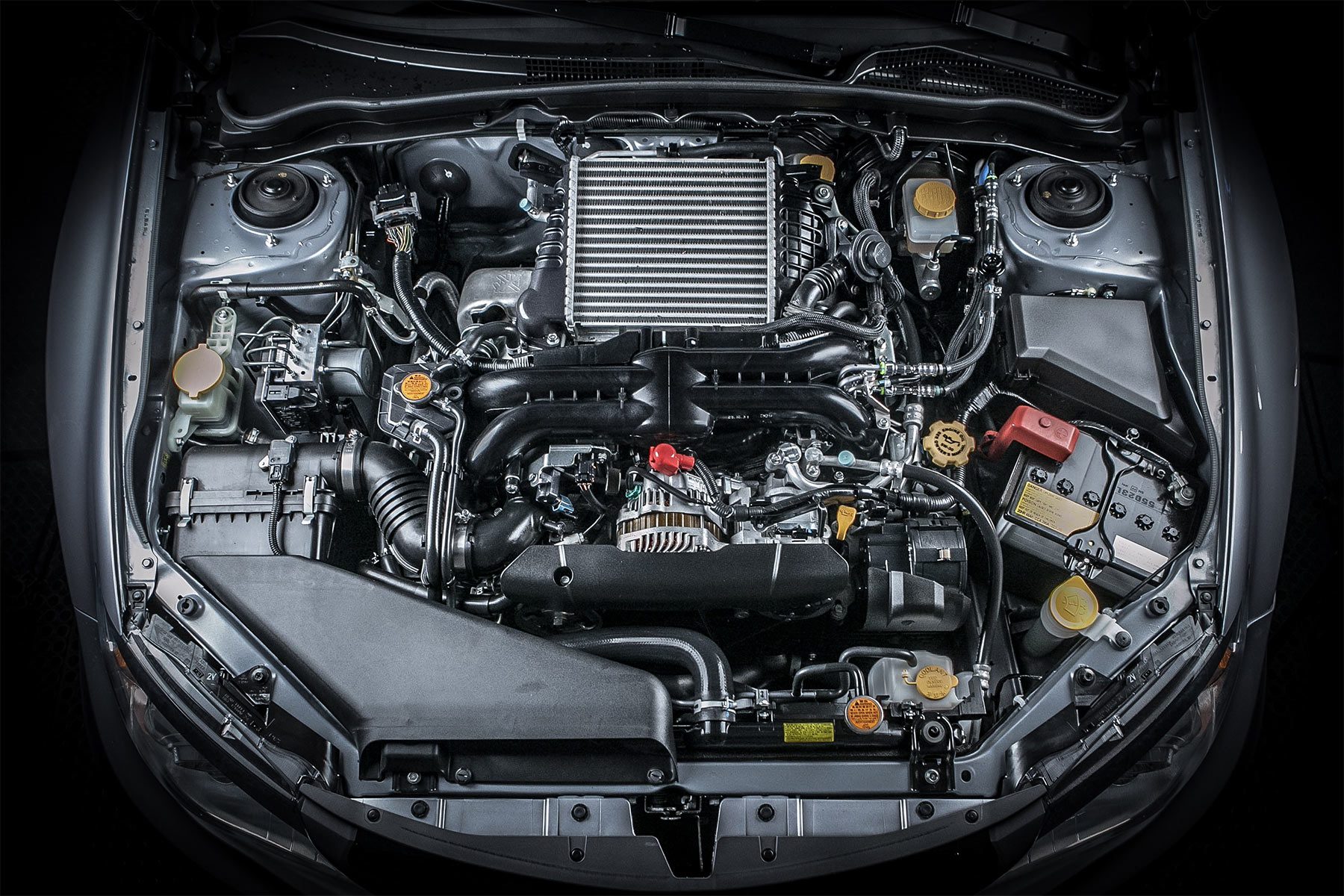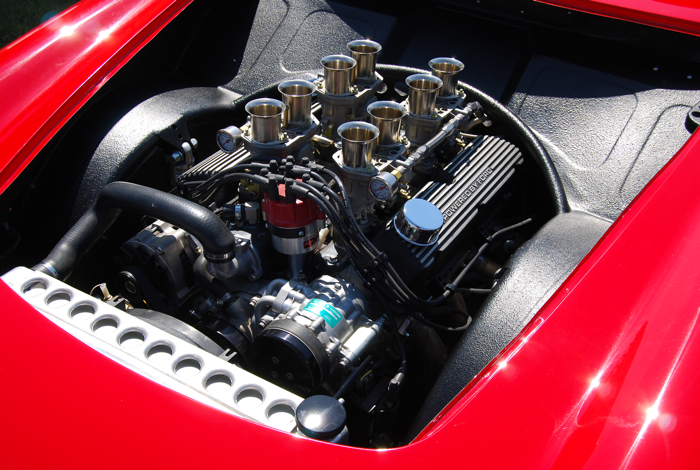Opel Corsa Engine: Everything You Need to Know Before Buying
Opel Corsa Engine: Everything You Need to Know Before Buying
Blog Article
Checking Out the Inner Workings of a Compact Automobile's Engine System
As chauffeurs, we typically take for approved the complex procedures that take place within the confines of our automobile's engine system. In this expedition of a compact car's engine system, we will certainly decipher the internal workings of this mechanical harmony, shedding light on the mysteries that drive us forward on our daily trips.
Burning Refine Introduction
The burning procedure in a portable car's engine system is an important device that successfully converts gas into energy to power the car. This procedure happens within the combustion chamber of the engine, where fuel and air mix, spark, and generate regulated explosions. The burning process includes 4 main phases: intake, compression, exhaust, and power.
During the consumption phase, the piston moves downward, attracting a blend of air and fuel right into the combustion chamber. The next stage, compression, includes the piston relocating upwards, compressing the air-fuel mix to enhance its effectiveness. Subsequently, in the power phase, the stimulate plug ignites the compressed blend, leading to a fast development of gases that compels the piston back down. This descending motion creates the power required to drive the vehicle. In the exhaust phase, the scorched gases are gotten rid of from the burning chamber with the exhaust shutoff, preparing the chamber for the following cycle. This cyclic combustion procedure is fundamental to the operation of a portable lorry's engine system, guaranteeing effective energy conversion for propulsion.
Piston and Cylinder Interaction

The piston's specific fit within the cyndrical tube is essential for preserving ideal compression and stopping energy loss throughout burning. Tight clearances between the piston and cylinder wall surfaces make sure effective sealing, permitting the piston to move efficiently without enabling gases to leak past. Correct lubrication is likewise important to reduce rubbing and put on between these components, boosting durability and efficiency.
Moreover, the style and products made use of in producing the piston and cylinder impact engine effectiveness and resilience. Modern engines frequently use light-weight yet resilient products like light weight aluminum alloys for pistons and cylinder liners to minimize inertia and boost thermal performance. Generally, the unified interaction between the piston and cylinder is fundamental to the engine's performance and overall efficiency.
Gas Shot System Functionality
Gas shot systems in small car engines play an essential duty in specifically delivering gas to the combustion chamber for effective and controlled ignition. The fuel shot system functions by injecting gas into the combustion chamber at the ideal minute throughout the engine's procedure (opel corsa engine). This precise timing makes certain that the fuel mixes uniformly with the air for correct burning, leading to enhanced gas performance and decreased discharges
There are mostly 2 types of fuel injection systems used in portable vehicle engines: port fuel injection (PFI) and direct fuel injection (DFI) PFI systems infuse gas right into the consumption port prior to the consumption shutoff, while DFI systems infuse gas straight right into the burning chamber. Both systems have their benefits, with DFI supplying far better gas atomization and PFI giving an extra affordable service.
Recognizing Engine Air Conditioning Devices
Reliable operation of a small lorry's engine depends heavily on the effectiveness of its cooling systems. The cooling system in a small lorry normally is composed of several parts working with each other to regulate the engine temperature level. Understanding these engine cooling systems is essential for keeping the performance and durability of a portable vehicle's engine system.

Exhaust System Elements Explained
The optimum functioning of a small automobile's engine air conditioning devices relies on anchor a complementary system known as the exhaust system, which makes up numerous necessary components for guaranteeing effective discharges and engine their explanation performance. The exhaust system includes elements such as the exhaust manifold, catalytic converter, muffler, and tailpipe. The exhaust manifold gathers exhaust gases from the engine's courses and cyndrical tubes them to the catalytic converter. The catalytic converter after that transforms dangerous contaminants in the exhaust into less damaging discharges before releasing them through the muffler and tailpipe.
One essential part of the exhaust system is the oxygen sensor, which keeps track of the oxygen degrees in the exhaust gases to aid control gas usage and guarantee optimal engine efficiency. opel corsa engine. Additionally, the resonator might exist in some exhaust systems to decrease sound degrees. Overall, the exhaust system plays an essential function in maintaining engine effectiveness, decreasing hazardous exhausts, and guaranteeing a quieter driving experience for portable automobile owners

Final Thought
In verdict, the small lorry's engine system is a complex mix of components that interact to help with the burning process, transform gas into energy, and eliminate waste gases. Comprehending the internal operations of the engine system, including the piston and cylinder communication, gas injection system, engine cooling devices, and exhaust system parts, is important for keeping optimum performance and effectiveness of the automobile.
The burning procedure in a compact car's engine system is a critical mechanism that efficiently transforms fuel into energy to power the lorry.Gas shot systems in portable vehicle engines play a vital function in precisely providing fuel to the combustion chamber for efficient and regulated ignition.There are largely 2 kinds of fuel injection systems utilized in small car engines: port fuel injection (PFI) check my blog and direct fuel injection (DFI) Understanding these engine cooling devices is vital for maintaining the performance and longevity of a portable lorry's engine system.
The optimum performance of a portable automobile's engine air conditioning systems depends on a complementary system understood as the exhaust system, which comprises various important elements for making certain effective discharges and engine performance.
Report this page